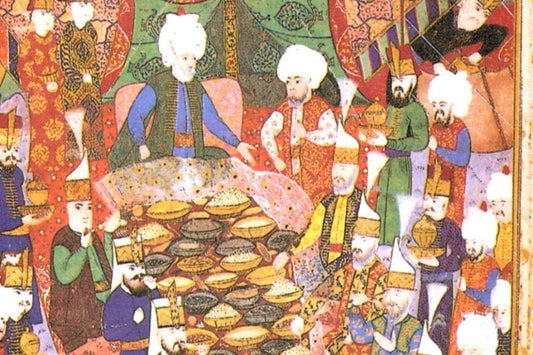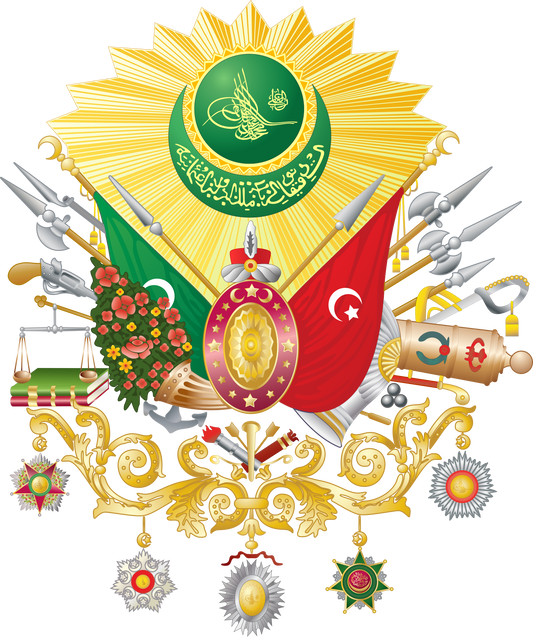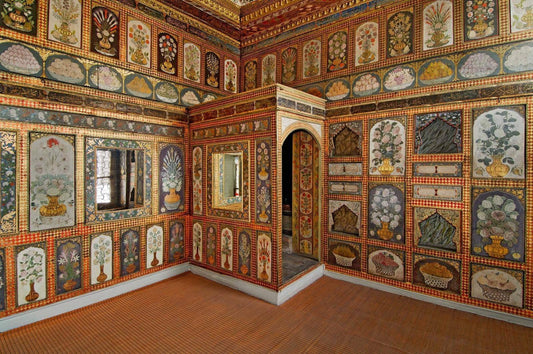In art history, the knot motif is not only a visual element but also a powerful symbol that has acquired meaning across diverse cultures. Associated with themes such as devotion, eternity, protection, and continuity, this motif has been interpreted in diverse ways across diverse geographies over thousands of years. From the Gordian knot to the Hercules knot, from the felicity knot in Islamic art to Seljuk stonemasonry, this figure, which has a wide range of uses, carries profound meanings not only in art but also in belief systems. In this article, we will examine the historical and cultural journey of the knot motif through its artistic examples.
From the Gordian Knot to the Present
One of the oldest and most well-known examples of the knot motif is the Gordian knot. King Gordian tied the oxcart he dedicated to Zeus with cornelian cherry branches, and for a long time, it remained untied. According to the prophecy, whoever could untie it would rule Asia. Instead of untying it, Alexander the Great cut it with his sword and continued on his path.
History and Symbolism of the Knot Motif
Knots were first used in the making of tools such as bows, arrows, and necklaces. Over time, they became a decorative element. Archaeological finds indicate that this motif dates back to 3500 BC. Throughout history, knots have carried meanings such as luck, longevity, protection, and eternity.
Knot and Its Meaning in Ancient Civilizations
In ancient Egypt, the Isis knot was associated with immortality. Celtic knots symbolize the cycle of life and death and the infinity of the universe. The Hercules knot, formed by the intertwining of two loops, is still used in surgery today. In ancient Egypt, it was believed to speed wound healing. Therefore, it was also considered a protective talisman. During the Hellenistic period, the Hercules knot, which symbolized eternal love and devotion and became a symbol of marriage, was used in elegant jewelry, and its use continued in Islamic art under the name "knot of happiness."
Knot Patterns in Islamic and Turkish Art
The knot motif appears in various forms as a decorative element in Islamic art. This motif appears on stone, tiles, and inscriptions from the Seljuk period onward. In Turkish art, some dragon figures are depicted with extended bodies adorned with knots.
Knot Applications in Kufic Script and Tile Art
The vertical letter extensions of Kufic script wind together to form a knot-like structure. This arrangement enhances the text's aesthetic appeal while maintaining its readability. Examples of this are frequently encountered in stonework, tile panels, and band inscriptions.
Knot and Braid Motifs in Seljuk Architecture
From the Zangi period onward, examples of moldings made of two colors of stone, joined together in a knot on an arch, are found in Anatolian architecture. Such patterns were frequently used in Seljuk and Beylik structures in the 13th and 14th centuries. The interwoven arrangements formed by interlocking strips formed the basis for more complex geometric motifs.
Art Gaining Meaning with Knots
The knot motif has found a place in diverse cultures throughout history, not only for decorative purposes but also for the meanings it carries. This figure, which extends from the Gordian knot to Seljuk architecture, has added both visual movement and symbolic depth to works of art. Today, this pattern appears as an aesthetic and meaningful detail on products such as tile panels and bowls. If you'd like to examine tile products featuring the knot motif, you can browse these knot motifs .




